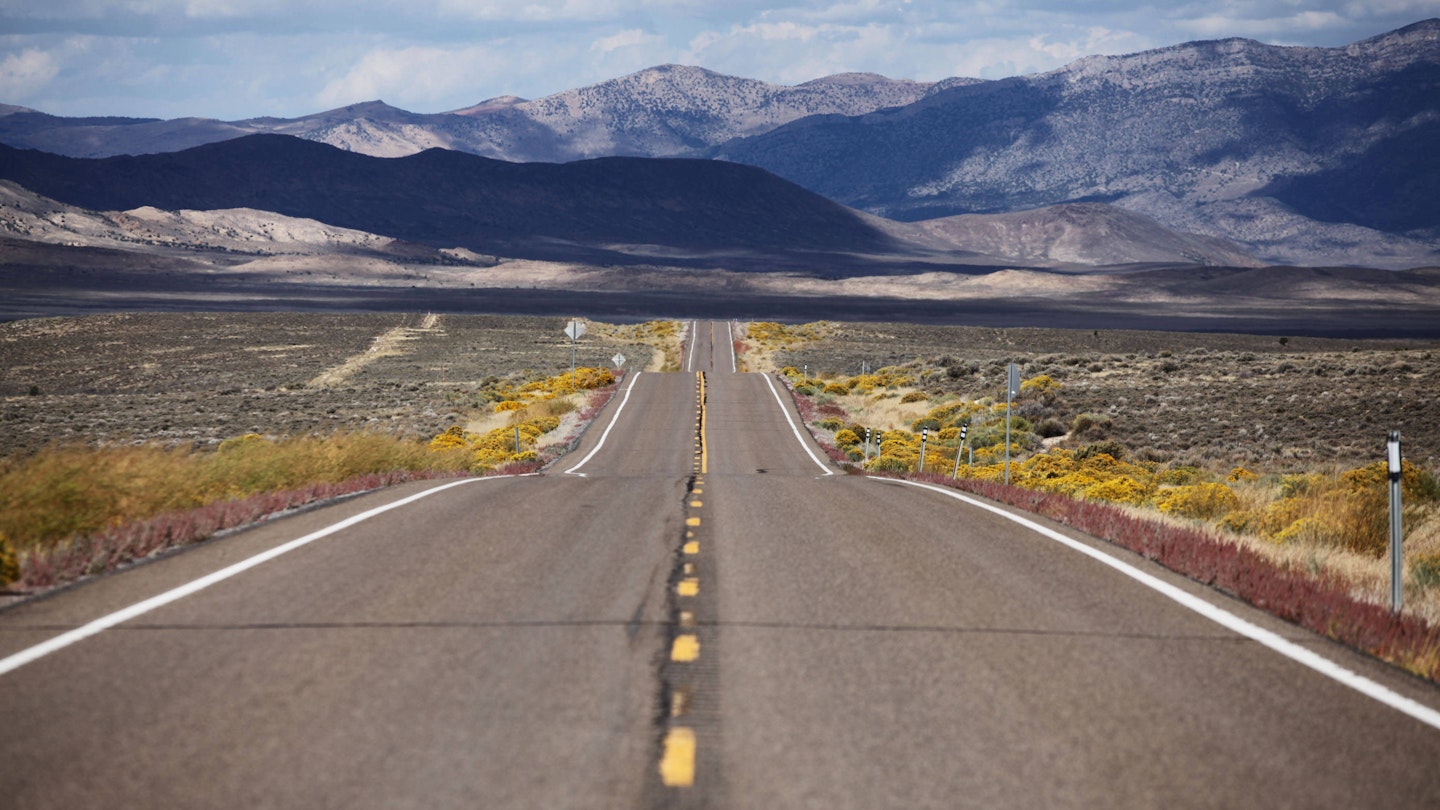If a lack of vacation days is holding you back from taking a road trip across the USA this year, it might be time to turn to math to make it happen.

While that might sound scarier than not getting enough holiday time, Dr. Randy Olson, lead data scientist at Life Epigenetics, has already done all the hard work. Olson, who runs a personal website about data visualization and machine learning, used Google Maps data and an algorithm to create a very efficient road trip. It will take travelers to the state capitol buildings of the 48 contiguous states in 8½ days of driving – though it’s up to you to find the energy to actually do it.

In Olson’s example, he proposes a trip that would allow the traveler to take a picture at every US state capitol building in every state except Hawaii and Alaska. Assuming there is no traffic, you could visit every building in 8½ days of driving, starting from anywhere on the route.
How the Efficient Trip Was Planned
How was this extremely efficient trip planned? Google Maps is designed to help you find the best way to get between two points, so mapping the best possible routes between all of the different capitol buildings is a bit more complicated. Olson uses algorithms to work through the possibilities. It’s an example of the classic “traveling salesman problem” – an algorithmic challenge used to find the most efficient route between a list of different places.
Obviously, this trip might be a bit too ambitious to actually accomplish. However, many travelers might find merit in trying to scientifically plan the most jam-packed holiday possible. Olson also developed a way to structure a route based on how much time the person has available – a parameter that could also extend to budget considerations.
Exploring Additional Itineraries
Olson’s ultimate road trip itineraries include the best ways to see 50 historic sites around Europe. Although he is well aware that some of the plans are “grandiose,” they could prove useful for serious travelers. He even posted the code online with instructions for anyone interested in experimenting with his intense trip planning system – but be warned, it’s not for amateurs.
If you want to understand how Olson plans these efficient trips or start mapping your own, read the full details on his website.
This article was first published on 21 June 2016 and updated on 5 December 2019.




